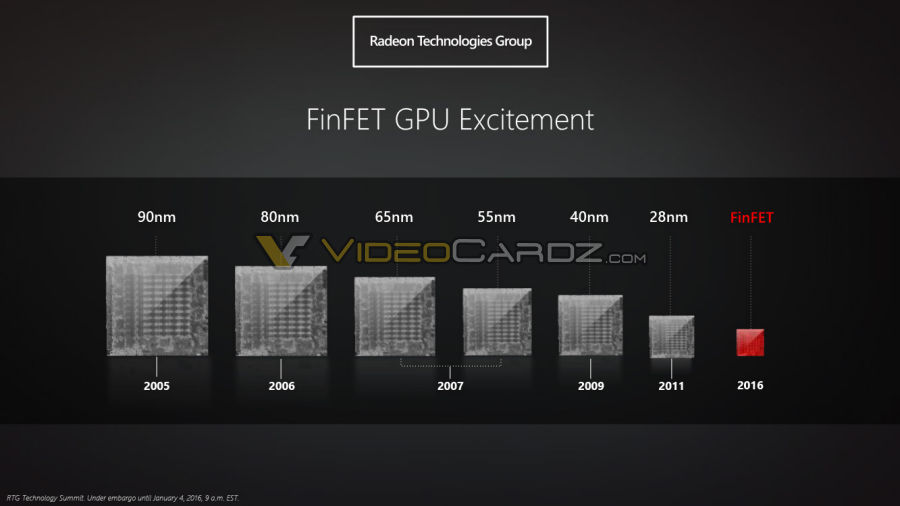Frenetic Pony
Veteran
Cracks on objects like that, LOD isn't being calculated correctly for the patches, its a problem with the code, which I stated.
Btw they are talking about subpixel aliasing, when geometry edge partially intersects a pixel, with sub pixel triangles does increase that. But the trade off, with sub pixel triangles is you don't get the strong aliasing of the many pixels at one edge of a poly, its harder to notice the aliasing vs the original not tessellated model.
Good read on god rays, but you are using Vram and shader performance, so there is a trade off with tesselation vs horse power and vram.
And also it seems to only work with one strong light source, where as with tessellation, it can be done with many light sources without extra hits on vram and pixel shader.
Sure, but current software solutions to crack filling are expensive, which is the point. It's why both consoles have full DX11 tessellation support but you don't see displacement mapped tessellation everywhere. A more programmable pipeline could make it easier to do so, but until that time or until someone shows the current somewhat fixed pipeline can work well in realtime I don't see displacement mapped tessellation being used a whole lot.
And while there you certainly need to incur a performance cost for something one way or another, considering Hollywood does raymarching and raytracing for volumetrics, and uses it for photo real results, I'm pretty sure it's going to stay that way. The tessellation method was just an old hack from, heck back from the geometry shader days and the second STALKER title if I recall correctly. The volumetric raymarching solution, which can re-use shadow maps and supports multiple light sources (did you even read it?) and support inhomogenous media, and supports scattering from indirect lightig, and is already much, MUCH faster even on Nvidia's cards than Nvidia's own tessellation solution is the clear winner.
And mass geometry aliasing is still a problem depending on the delta of change in between centroid samples, you still get flashes, even super bad sparkly results like you get with un anti-aliased normal maps and specular. And since you can only sample a single unfiltered triangle at a time, there's no reason to do sub-pixel triangles even if you could. To get better image quality you'd need a way to sample and filter all the triangles affecting the pixel at once, which is exactly what REYES does but not what rasterization does not. AMD's support for tessellation and geometry is decent enough at the moment. They just need to cut their ALU to geometry ratio to something more like the Fury rather than the Fury X, which might mean going about six wide for the front end on their new high end (Greenland?).


